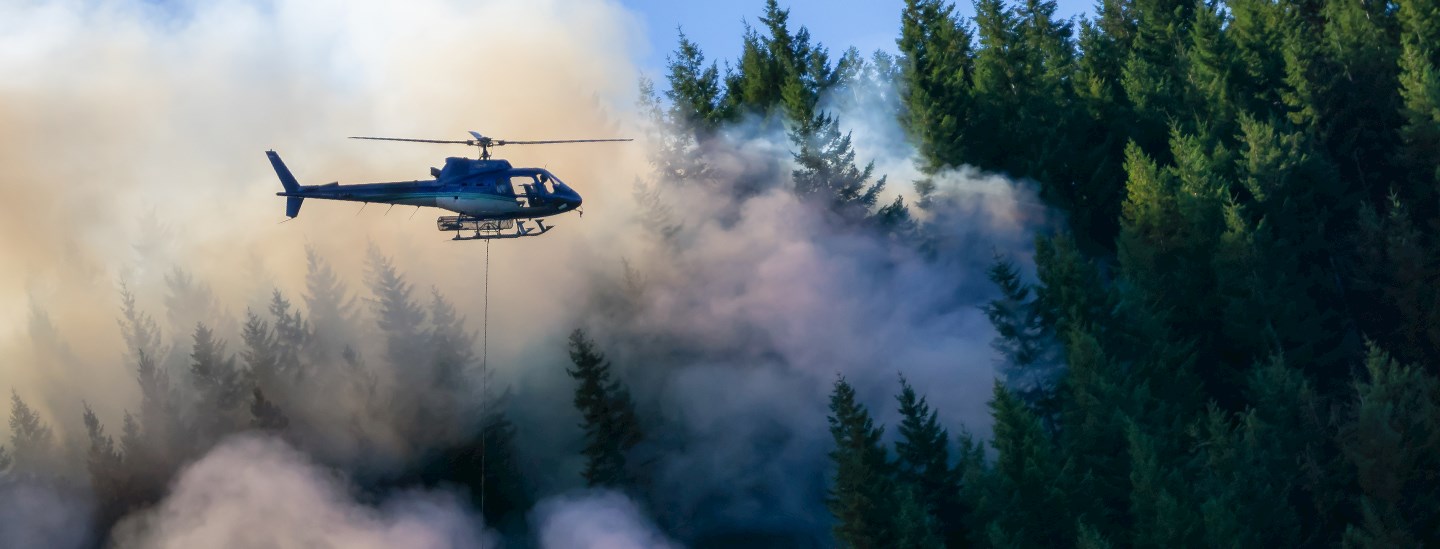Wildfire Prevention Tips
A wildfire, also known as a bushfire, can start quickly and within minutes, destroy everything that comes in its path. Wildfires ignite with a formula known as the "the fire triangle," which involves a combination of fuel, oxygen and a heat source. Winds provide oxygen to open flames while transporting them at efficient, accelerated speeds.
Although considered a natural disaster, almost 60 percent of fires in national parks are started by people, and another study concluded that 85 percent of wildfires are started by people, according to the U.S. Department of Agriculture. While most ignition sources can be prevented like unattended campfires, engine sparks and burning debris, there are easy ways to prevent forest fires and wildfires:
- Call 911 or the local fire department if you see an unmanned fire.
- Never leave your own fire unattended. Put out the fire completely using water, stir the ashes and make sure the site is cold.
- Use precaution when using fueling lanterns, stoves or heaters outdoors.
- Never throw cigarettes or matches from a moving vehicle — put them out completely.
- Learn about fire prevention methods and more ways to reduce the risks of fires.
- Sign up for your community's warning systems. The Emergency Alert System (EAS) and National Oceanic and Atmospheric Administration (NOAA) Weather Radio provide emergency alerts.
While precautionary measures help, it is not always enough. Our wildfire preparedness guide provides tips on how you can protect your business, home or property before a wildfire.
Essential Resources for Wildfire Preparedness
Bookmark these recommended informational sources to help prepare and recover from a wildfire. These are national resources and are not associated with Gallagher.


